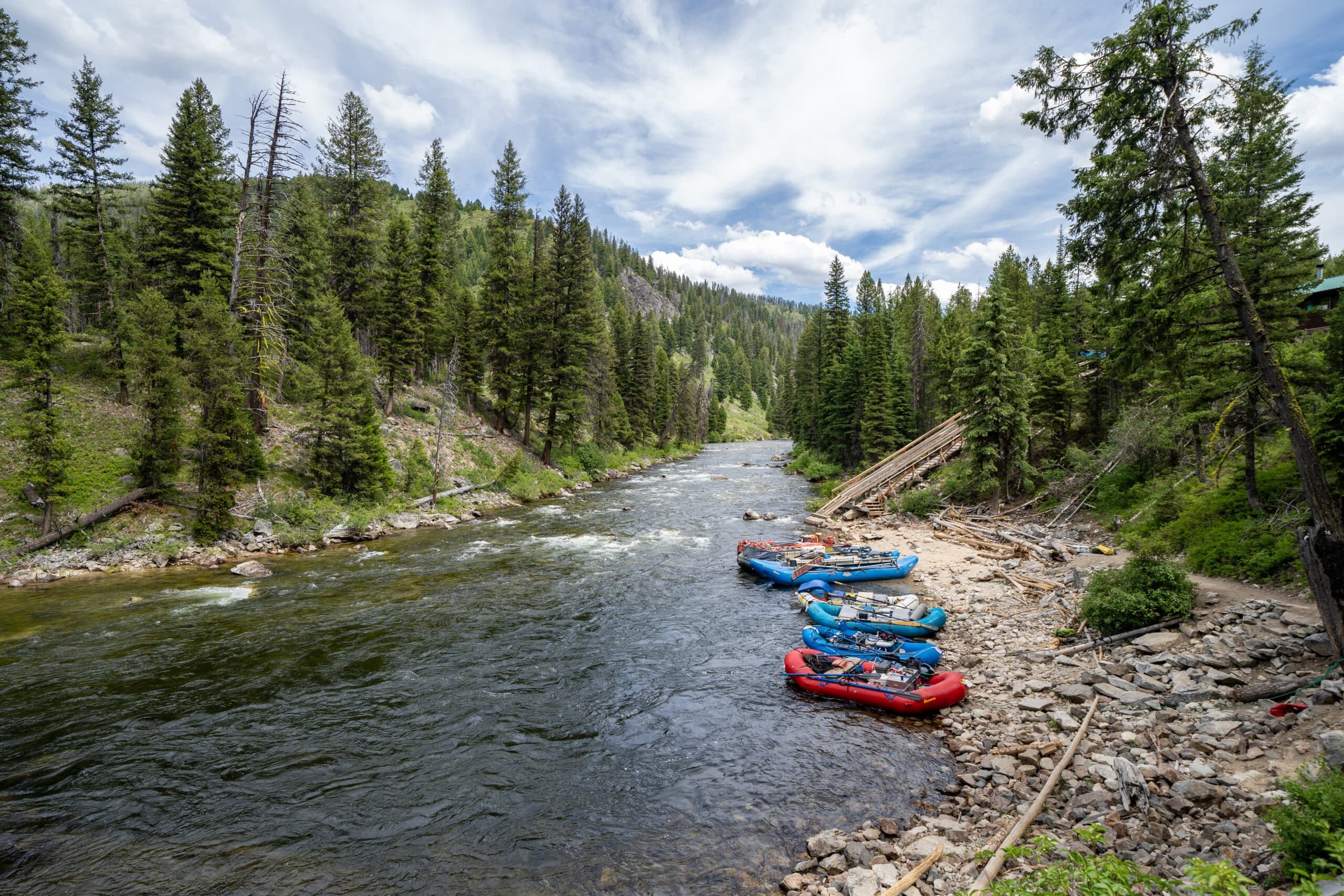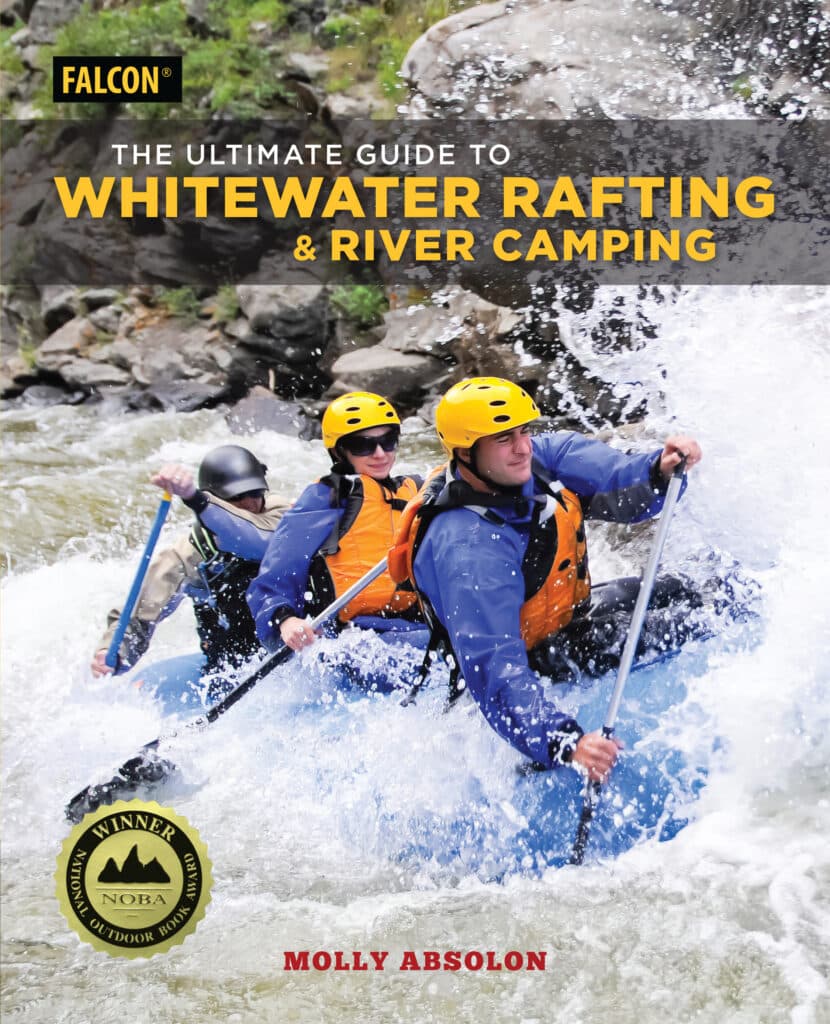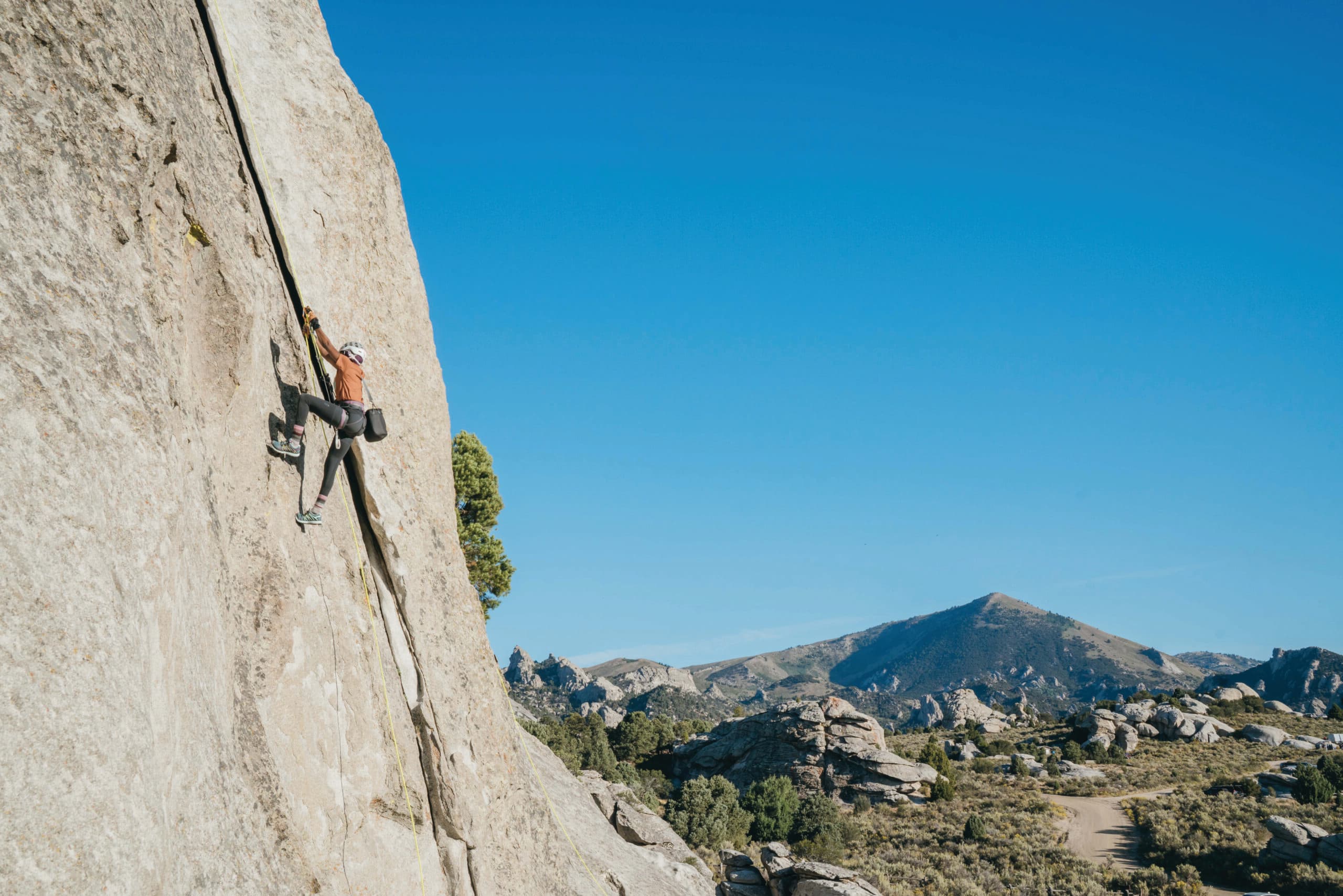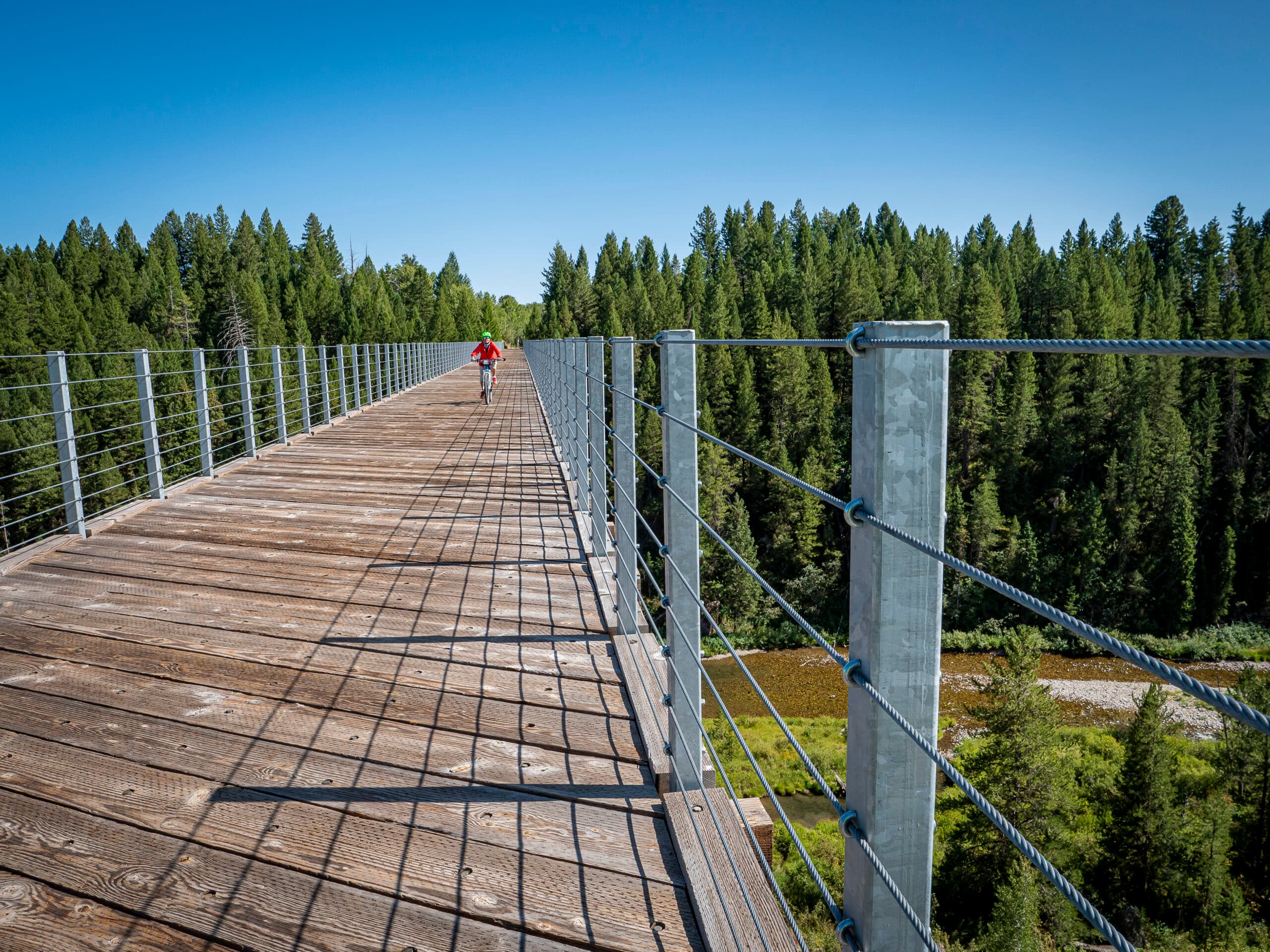From Rookie to River Rat

Thinking about days on the river invokes images of summer: sunglasses, fishing, sandy beaches, wide hats, craggy sun-drenched rock walls. But the trip that hooked Teton Valley author Molly Absolon on a life on the water didn’t start with those things.
For a rafting trip on central Idaho’s Main Salmon River in 2004, her friends prepped her for sunny, 80-degree days. When she and her then three-year-old daughter arrived at the put-in, drizzly 50-degree weather greeted them. Before you imagine the week of Type II fun they might have had, keep in mind children’s ability to have fun essentially anywhere.
“There were a bunch of kids under eight years old,” Molly says. “I have this memory of them on the beach in their slickers, soaking wet, covered in sand. It was this moment of [realizing] these kids don’t care that it’s pouring rain, they’re out here in the wilderness.”
That moment was so indelible that she starts her guidebook on river trips with the anecdote. Titled The Ultimate Guide to Whitewater Rafting & River Camping, the book is especially useful for readers uninitiated into the world of river trips. But like a good manual should, it contains useful information for the crusty river rat, too. So much so, Molly’s guide was named the best instructional book of 2018 by the National Outdoor Book Awards.
The author of more than a dozen books on outdoor recreation, Molly writes in a direct, conversational tone. She spent years as an outdoor educator, working for the National Outdoor Leadership School (NOLS)—the school has campuses both internationally and nationally, including a Teton Valley branch—and reading her book imparts the wry humor and vast knowledge of many in that field. It gives the impression she has been in a raft since diapers, but that’s not quite true.

Writing a book is less about knowing your content before you open the computer, Molly says, and more about gathering the necessary knowledge to arrange it in a manner useful to the reader. As an experienced author, she knows how to conduct research; and, with her background in multiday canoeing trips, she had enough knowledge to embark on the project after a friend suggested that she take on whitewater rafting as her next topic.
Not already knowing “everything” about rafting armed the author with the capacity to ask the questions a beginner might, and that shines through in the writing. Like a course in whitewater rafting, the book begins with basics: the gear you’ll need, commands to learn, raft design and construction, and so forth.
With that foundation laid, the book delves into the skills one needs to pilot their own raft. Nothing substitutes for experience, but a good read of Molly’s book will give you a leg up when you’re on the water trying to run your first rapid. Before you drop in, you might even hear her editorial voice, saying, “If you put your raft in the right flow, you often can avoid fighting the force of the river.”
Many writers seek out knowledgeable friends for advice and editing when crafting a book, and Molly is no exception. She turned to some names Teton Valley citizens, particularly rafting enthusiasts, will recognize. She thanks Ari Kotler, Don Sharaf, Tim Burnham, and her husband Allen O’Bannon, among many others, for helping her translate her river trips and the knowledge gained from experts into a convenient volume.
In particular, that knowledge comes in handy in the technical sections, for particulars such as reading water or boat repair. But it provides invaluable content for the concluding chapters, which delve into what most readers aspire to do: multi-day expeditions.
Day trips, like the one taking in Lunch Counter rapids on the Snake River south of Jackson, are incredible and exciting ways to spend a summer Saturday. But expeditions are where real memories are forged: those of sheer canyon walls, bonfires kicking sparks into starry night skies, and al fresco meals in wild places shared with good friends.
Molly’s book jumps headlong into the need-to-know details of river camping, with advice on everything from how to properly manage the ice in a cooler to how to pee at night in a bucket to avoid venturing down to the shoreline. She includes just about everything you might want or need to know, even things you wouldn’t have thought would be important. With sections on river rescue, field repair, river-specific first aid, and dream trips you might quit your job to do, the book encompasses enough information that even those with trips under their belt might learn a couple of things.
In true outdoor-educator fashion, Molly deflects praise for her book back onto others, and points out the true value of the book is to the reader.
“I don’t take credit for the idea, nor the credit for the expertise,” she says. “I do have a lot of passion for being on river trips, and I want the book to help people get out on rivers.”




